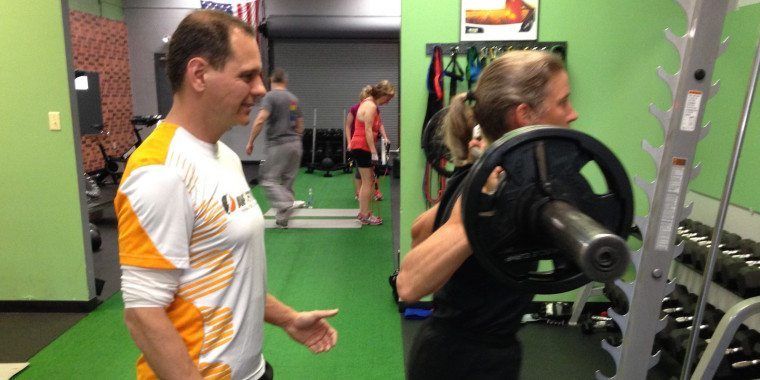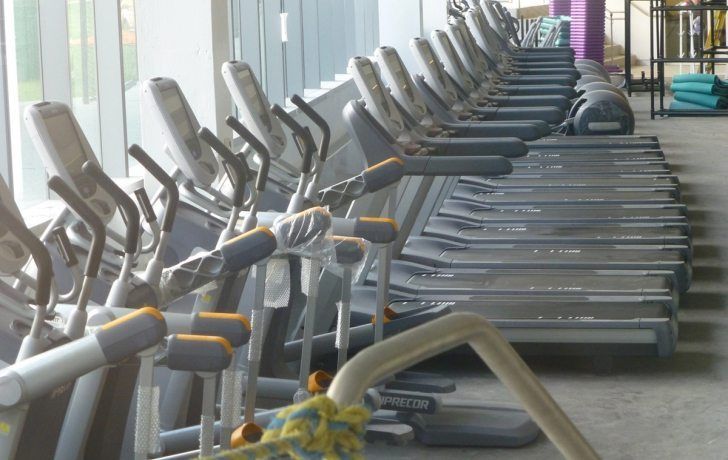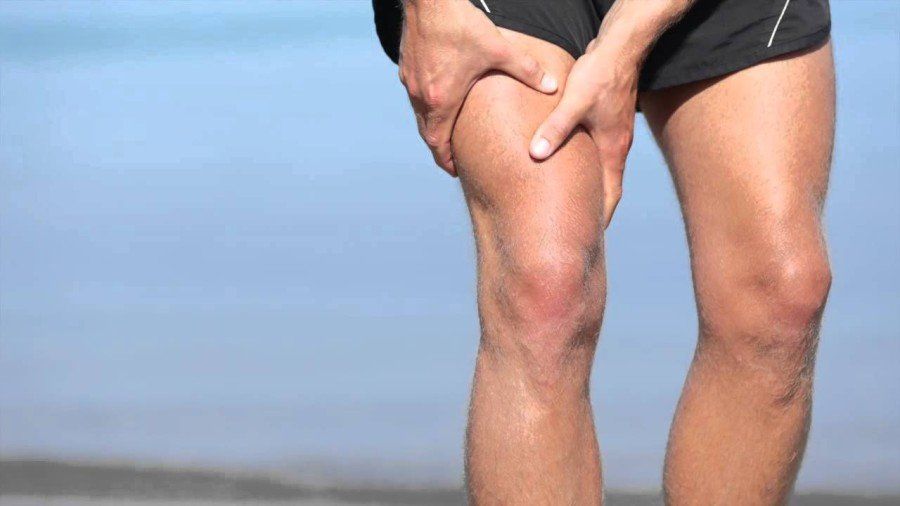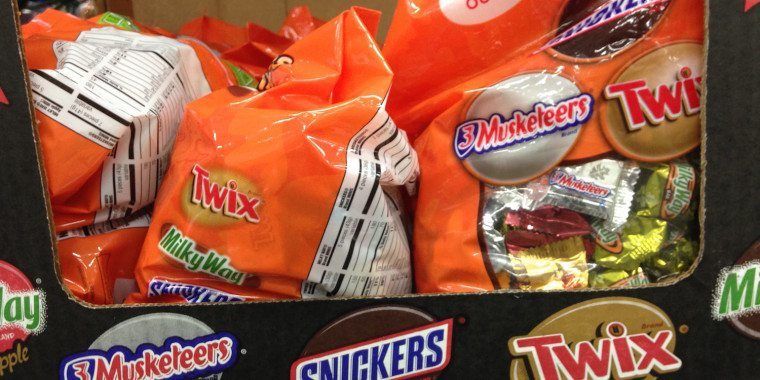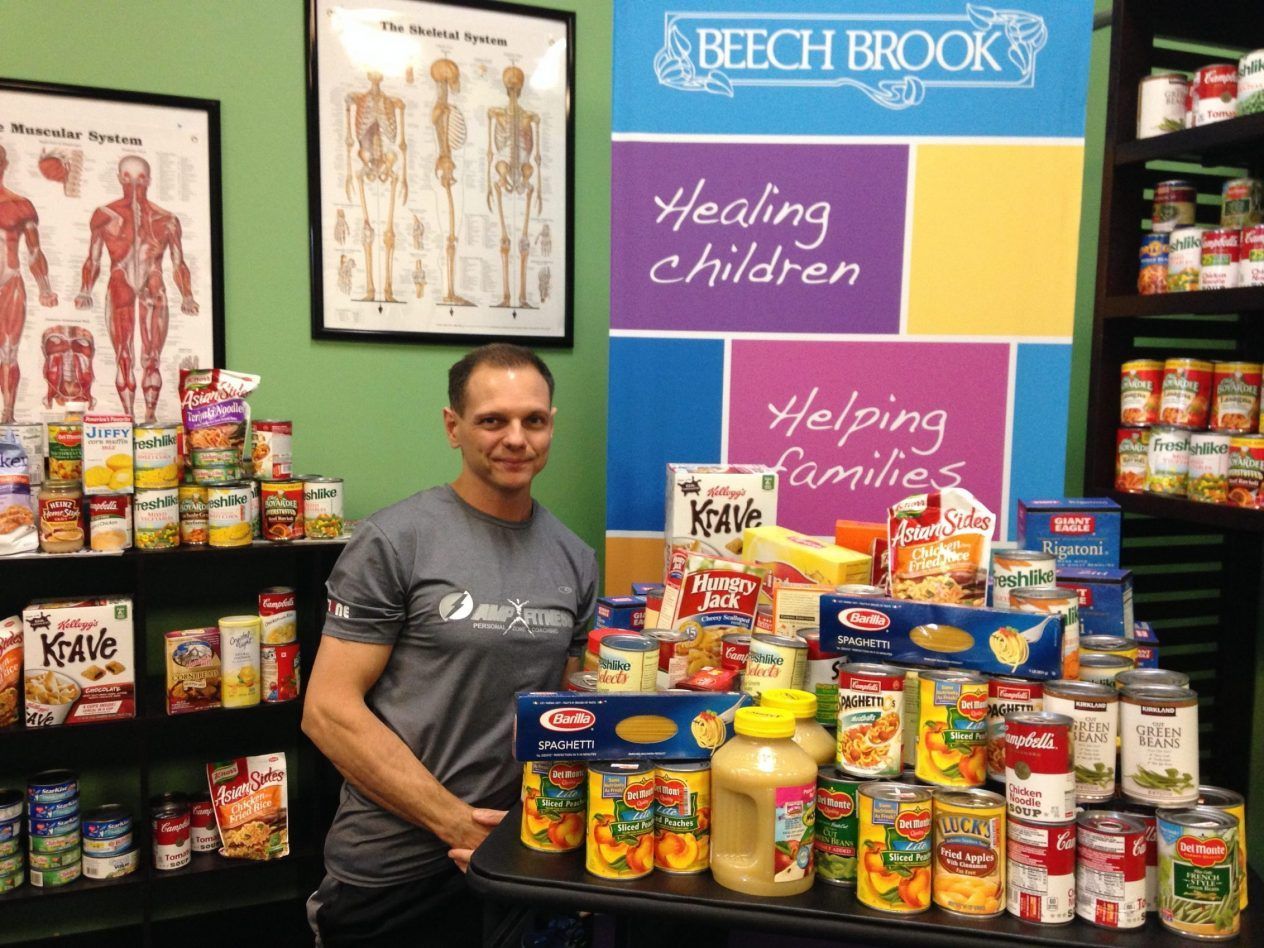While soft drinks are the go-to beverage for millions of Americans each day, consuming those sugary drinks increases your risk of type 2 diabetes, heart disease and other chronic conditions.
According to Harvard’s School of Public Health, people who consume sugary drinks regularly—1 to 2 cans a day or more—have a 26 percent greater risk of developing type 2 diabetes than people who rarely have such drinks.
A study that followed 40,000 men for two decades found that those who averaged one can of a sugary beverage per day had a 20 percent higher risk of having a heart attack or dying from a heart attack than men who rarely consumed sugary drinks. A related study in women found a similar sugary beverage–heart disease link.
A 22-year-long study of 80,000 women found that those who consumed a can a day of sugary drink had a 75 percent higher risk of gout than women who rarely had such drinks. Researchers found a similarly elevated risk in men.
In addition to an increased risk of diabetes and heart disease, sugary soft drinks pose a challenge to your bones. Studies have shown that there is an inverse pattern between soft drink consumption and milk consumption — when one goes up, the other goes down.
Sodas contain high levels of phosphate and when you drink more soda than milk, you put more phosphates than calcium into your body, which can have a negative impact on your bone health.
If you are looking to cut back, and ultimately stop, your consumption of soft drinks, here are eight tips from myfitnesspal.com to help you get started.
Be okay with scaling back slowly. If you drink three or more sodas a day, switching to tap water cold turkey will most likely make every sip feel like a punishment … not to mention induce some serious caffeine withdrawal headaches. But you can start replacing some of the soda you drink with water. Over time, you’ll miss those first few sodas less and less and eventually you’ll be ready to cut out one or two more.
Get on a soda schedule. Create a schedule for weaning your soda consumption. By writing a plan, you’re thinking through and committing to a reasonable approach to drinking less. For example, if you normally drink three sodas per day, cut down to two per day for an entire month, and then one per day the month after. From there, you can gradually cut down even further.
Explore tasty alternatives. Once you start cutting out soda, you’re going to want to replace it with other fluids so you don’t get dehydrated. If you miss the carbonation of soda, try sparkling water. If you crave something sweeter, add an ounce or two of 100 percent fruit juice. Flavored waters are also an option.
Keep your alternatives handy. Once you find a few suitable soda alternatives, make sure they’re within reach when you get thirsty. If you just love the tingle of carbonation on your tongue, keep your cabinets stocked with club soda, or invest in a Soda Stream or one of these more classic soda carbonators and make it yourself at home. If you like flavored water, slice up a bunch of oranges, cucumbers or rinse off some berries at the beginning of the week and make a fresh pitcher every morning. Fill up a water bottle before heading out to run those afternoon errands. If you’re prepared, when thirst strikes you’ll have one less excuse to grab for a soda.
Adopt a no soda policy. Have a “no soda at home” policy — if it is not in the house you can’t drink it. From there, you can expand to not having soda at work, at restaurants, at the movies or before a certain time of the day. Try choosing one to start, and then adopt more as you feel ready.
Break the routine … by substituting a new one. For many people, soda drinking, much like that morning cup of coffee, is a ritual. Think about when you habitually grab a soda and then figure out how you can change the scenario and make a healthier beverage choice. After just a few weeks your old, bad habit will likely be replaced with your healthier routine.
Make yourself accountable. If you’re the type of person who is motivated by accountability, telling your family, co-workers and friends that you’re giving up soda really works. When you start cutting out soda, keep yourself accountable by telling people around you, and reap the benefits of having their support along the way.
Redefine the word “stop.” Just because you want to “stop drinking soda” doesn’t mean you can never enjoy one again. Maybe for you “stop” means getting down to one per week, say when you’re out to a nice dinner or as a lunchtime treat on Fridays. The best way to approach a long-lasting behavior change is by making it sustainable and avoiding those feelings of deprivation. If allowing yourself a soda on occasion makes you happy, by all means! In the end, it’s about making healthy habits the default and enjoying treats along the way.
